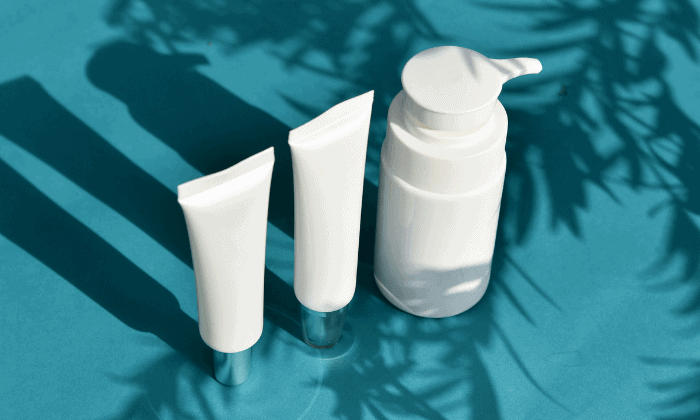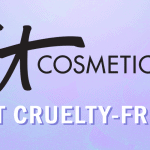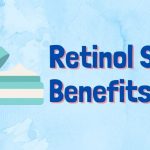Facial cleansers come in many shapes, textures, and forms. For this very reason, it can be a daunting task for someone who is new to skincare to choose a cleanser. If you’re treading in unknown terrains, the safest thing to do is to stick with what’s most recommended to you.
When it comes to facial cleansers, the most popular kind would be foaming cleansers. Nothing says clean and sparkly like foam and bubbles and suds, right? I’m sure you’ve noticed that in almost every skincare product commercial, the cleansers or soaps used lather quite easily.
But did you know that gel cleansers are also a thing? At first, I didn’t know there were different types of cleansers, but I know better now. Gel cleansers are the second most popular cleansers in the market, and they’re just as effective as foam cleansers!
Gel and foam have completely different textures, so how are you supposed to choose between the two?
Let’s compare them!
Gel Cleansers
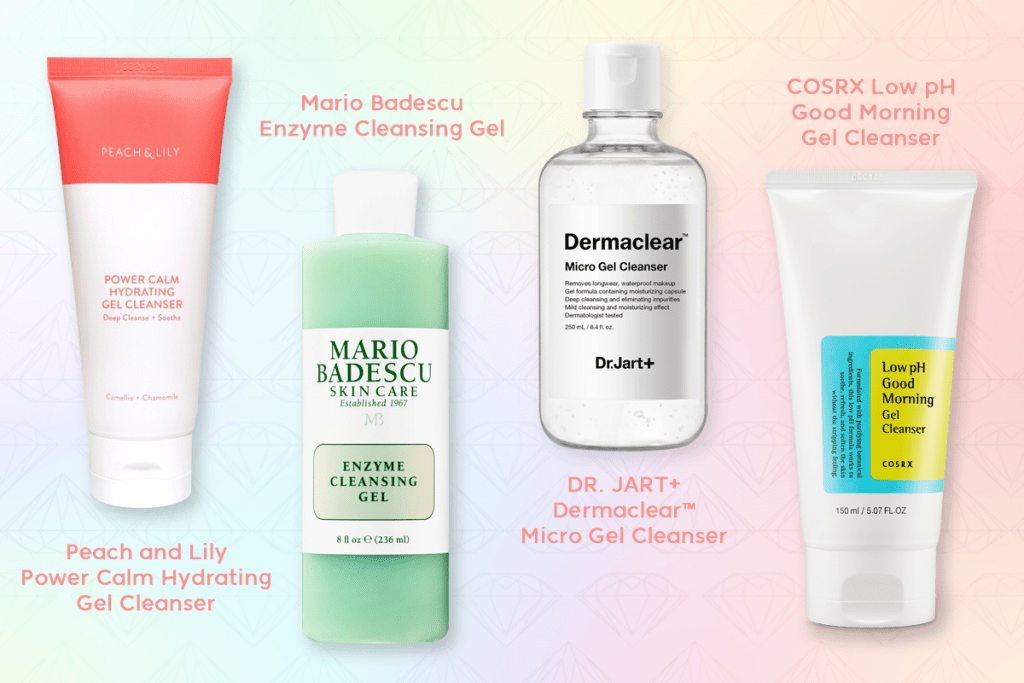
- Peach & Lily Power Calm Hydrating Gel Cleanser (Official Website)
- Mario Badescu Enzyme Cleansing Gel (Sephora, Amazon)
- Dr. Jart+ Dermaclear Micro Gel Cleanser (Discontinued)
- COSRX Low pH Good Morning Gel Cleanser (Yesstyle, Jolse, Amazon)
You can probably already tell from the name, but gel cleansers have a slippery gel-like texture. They have little to no bubbles or suds. If you’re used to the lathering properties of foaming cleansers, you will need adjusting when switching to gel cleansers.
You might even think that it’s not doing much to your skin because there’s no squeaky-clean effect. But even if they don’t produce bubbles or suds, they are still effective at cleansing your skin. In fact, gel cleansers are actually designed for deep cleansing! Bubbles aren’t always necessary to have a thoroughly cleansed skin, and gel cleansers are proof of that.
What Skin Type Are They Good For?
Gel cleansers are usually water-based and contain mild ingredients, which makes them perfect for sensitive skin types. You won’t have to worry about irritation because the ingredients aren’t harsh to the skin. Also, they won’t strip your skin of its natural oils, resulting in smoother and healthier-looking skin. A score for you!
An upside to gel cleansers is that they are suitable for almost all skin types. It’s an effective solution to acne and flaky skin, all packaged neatly in a single product.
Pros:
- Deeply cleanses your skin and clears your pores of dirt and oil
- Mild ingredients; doesn’t irritate the skin
- Great for sensitive skin
- Keeps skin’s natural hydration
- No squeaky-clean, tight feeling after washing it off
Gel cleansers certainly sound amazing, with almost no bad side-effects! They are definitely something you should try out at least once (maybe twice) in your life.
Next, we’ll talk about foam cleansers.
Foam Cleansers
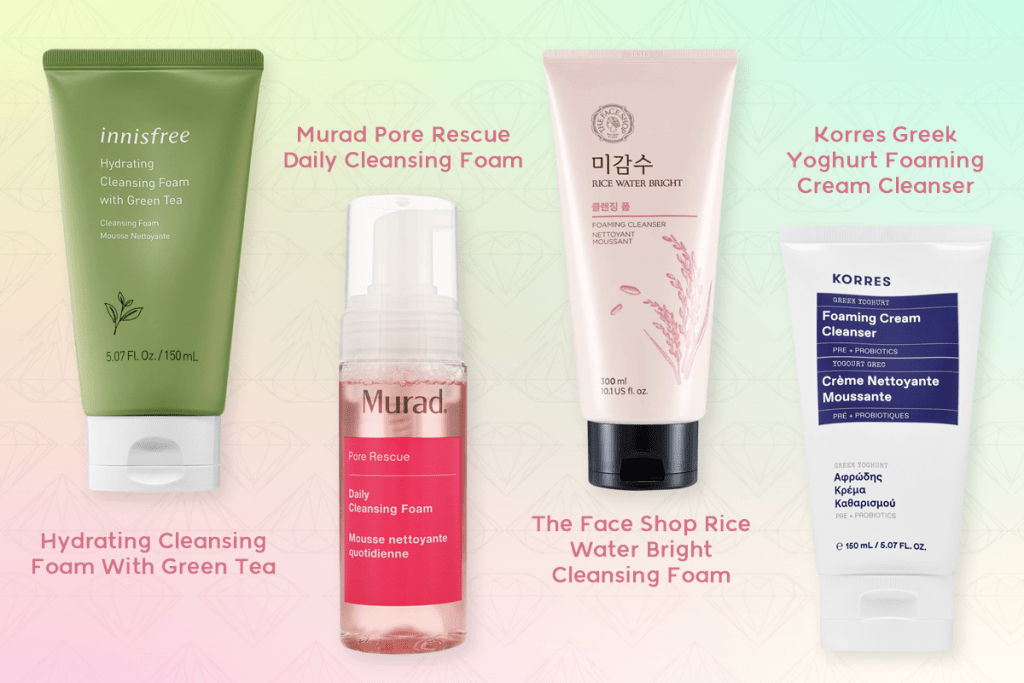
- Innisfree Hydrating Cleansing Foam with Green Tea (Yesstyle, Jolse, Sephora)
- Murad Pore Rescue Daily Cleansing Foam (Official Website)
- The Face Shop Rice Water Bright Cleansing Foam (Yesstyle, Jolse, Amazon)
- Korres Greek Yoghurt Foaming Cream Cleanser (Sephora, Amazon)
Let’s be real for a moment. When you think of the word “cleanser,” you automatically think of bubbles, foam, and nice sparkly skin. The popular foam cleanser has proved itself to be a favorite amongst skincare fanatics. But is it really as good as they all say?
Foam cleansers both come in tubes and pump bottles. They can either come out as a foam or a light, airy, creamy substance that foams up when mixed up with water. The foamy texture feels like you’re applying a cloud onto your face, and your skin feels spotless after rinsing.
What Skin Type Are They Good For?
These cleansers are typically recommended to people with oily, combination, and acne-prone skin. They are very effective in removing the oil and sebum that have gathered on your skin, preventing clogged pores.
Indeed, foam cleansers are big in the skincare community. But they have a huge flaw, and that flaw is Sodium Lauryl Sulfate (SLS).
Who Is It Not For?
This ingredient is a major red flag for people with sensitive skin and severe acne problems. The chemical can be too harsh on the skin and can strip its natural oils, making the skin dry and flaky. It may even cause itchiness/irritation, and in worse cases—allergic reactions.
SLS is a common ingredient in household cleaning products, such as laundry detergents, dishwashing soaps, shampoos, and, yes—most skincare products. It is a surfactant—meaning it makes it possible for oil and water to dissolve together and causes the foam to appear, which explains why it’s a common ingredient for cleaning products.
SLS is often confused with Sodium Laureth Sulfate (SLES). They’re both surfactants and have very similar formulas, but SLES is confirmed to be milder and less of an irritant than SLS.
A study has debunked some horror stories about SLS—no, it does not cause cancer, and it is indeed a sustainable substance. But it can be an irritant to the eyes and skin, depending on how much is used in the product it is in. Some products may contain less than 1% of SLS, which is completely fine—but be wary of products that contain too much of the ingredient.
Now that we are a bit more acquainted with SLS, it’s safe to say that, when choosing a foam cleanser, it is best to pay attention to its ingredients. Just because a foam cleanser is the most recommended product for your skin does not mean that your skin will automatically like it.
Anyway, no skin is the same as the other.
Everybody reacts differently to products, so it is wise to know your own skin before blindly following the current trends. And if you discover that your skin reacts well to SLS, then by all means, stick to your favorite cleansing product. At the end of the day, you have only one skin, and it is your sole duty to take care of it.
Foam cleansers might have more risks compared to gel cleansers, but when you find one that your skin reacts positively to—then consider yourself lucky because Lady Luck is smiling down at you.
Cons:
- May contain harmful ingredients (always check the ingredients before buying!)
- Because of the foam and bubbles, your skin might dry out and get flaky
- Not compatible with sensitive and dry skin
Conclusion
So, there you go. Gel cleansers and foam cleansers are both effective at cleansing your skin. Their differences lie in their textures, their chemical formulations, and their skin compatibility. It is up to you which one you will use. Will you take the safe route and buy a gel cleanser that’s suitable for all skin types? Or will you take the long and hard, but satisfying road of finding the perfect foam cleanser that can solve all of your skin problems? An exciting journey awaits you!
A last piece of advice: people with sensitive and dry skin should stay away from foam cleansers. And people with oily or combination skin must decide if they need to double cleanse when using a gel cleanser. It pays to be prepared when your skin suddenly starts reacting badly to a product, trust me.
Take care of your skin, and it will surely reward you with a bright and smooth complexion.
I wish you all clear and healthy skin for the rest of your days!
